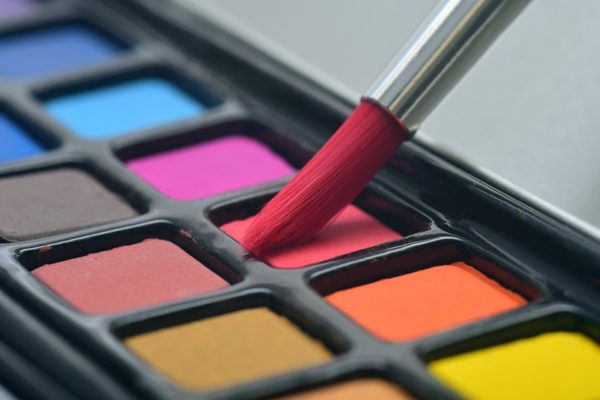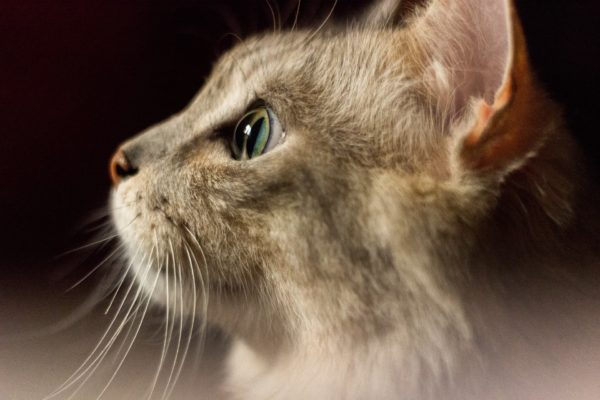by Noella Noelophile®
“We work for days. Then, suddenly, I look back and there’s a (completed project) behind me.”
The speaker was a young woman who’d been spending weeks on a major STEAM-based collaboration.. After long hours of seeming to plod along, she’d finally seen the results.
And her words have stuck with me ever since.
Massive projects–and getting them out of our imagination and into some form of reality–are an interesting phenomenon. Here are the steps I’ve found helpful in the creative process.
- The vision.
“What does success look like?” asked one team member, several years ago. A group with which I was collaborating had just embarked on the planning stages of a special event.
What an excellent question. We spent the next five minutes articulating the results we wanted: happy attendees, fulfillment of the event’s goals, what we wanted people to say about the event afterwards.
And it worked. That question provided a fantastic starting point.
So, even if your “team” is looking back at you from the mirror–what does success look like, on the project which you’d really like to accomplish?
Writing it down, and checking back on it periodically, with dates by which you want to accomplish pieces of that goal, can work really well.
2. The steps.
Starting is the big deal. A starting point can seem a thousand miles away from where you want to end up. The trick is to “Swiss cheese” the project–poke away at a little of it, as often as possible.
I’ve just given a workshop I really wanted to create. Getting myself to start, though? Do the words “pulling teeth” mean anything to you?
What I did do, was begin planning slides in January for the event that just happened this week. There were ten slides to include, and a handout to give attendees. And with that kind of lead time, one or two slides a day, or writing two paragraphs, then leaving it and returning, worked well.
And–does this happen to you too? As the deadline approached, suddenly it was, “Gasp! I have to get this done! It’s happening in two more weeks!”
Somehow, magically, it all came together. Currently, I am looking back–and there’s a workshop behind me.
3. Reality.
Ideally, you’d love to sail into the work and wind up with –perfection. One take, and your classic performance is the stuff awards are made of. Two quick swoops of the paintbrush, and the local art museum is on the phone.
That’s not usually how it works.
For this particular workshop, I needed to craft a demo item to show attendees what they could make. The image was perfect–in my mind.
In actual execution, I had to make it three times.
At first, the proportions were off. The lights didn’t connect. And the glue had hardened into a sort of modern plastic sculpture, so the trim didn’t attach at first.
And that’s OK.
Most of us are really hard on ourselves, when we create something new. I have a tendency to compare my creative work with that of major design studios, filmmakers etc. and think, “Wow, that’s so far behind X,”–completely forgetting that “X”, like as not, will have a full staff to bring their creative vision to life.
The demo item wound up getting created, and looking good if I do say so myself. But it certainly didn’t come together effortlessly, the first time. Frustrating as they were, those “false starts” were part of the learning process: “here’s what needs to happen differently”.
4. Following the magic.
What happens as you create something new?
More often than not, it tells you how to make it.
I’ve had the pleasure of beginning to learn 3D modeling at a local community college. Half the time, it’s a blast.
The other half, I’m pulling my hair out.
But just as with painting, sculpting, writing or any other creative endeavor–the work tends to show you the direction in which to go.
Most notably, our class was assigned a scene to craft in 3D. I decided on an ancient temple and made a row of temple bells. Purely by accident, I duplicated the row, creating a sort of avenue with bells on each side.
And they looked absolutely right. Much more so than anything else I’d actually planned on doing, with the design.
5. Glowing and moving on.
Usually, you’re not aware that a creative work is good–or not. You’re too close to it.
But on the occasions someone says, “That’s outstanding!”, or tells you how much they enjoyed your book, music, art, craft creation or otherwise, believe them. (Yup, I”m still working on this one. The Inner Critic sneers, “sure, they’re just being nice…” but judging from what others say about their creative process and internal dialogue, that’s not an uncommon problem.)
Now–what’s your next creative project? And what does success look like, when you look back and there’s a (book, movie, work or art or otherwise) behind you?






